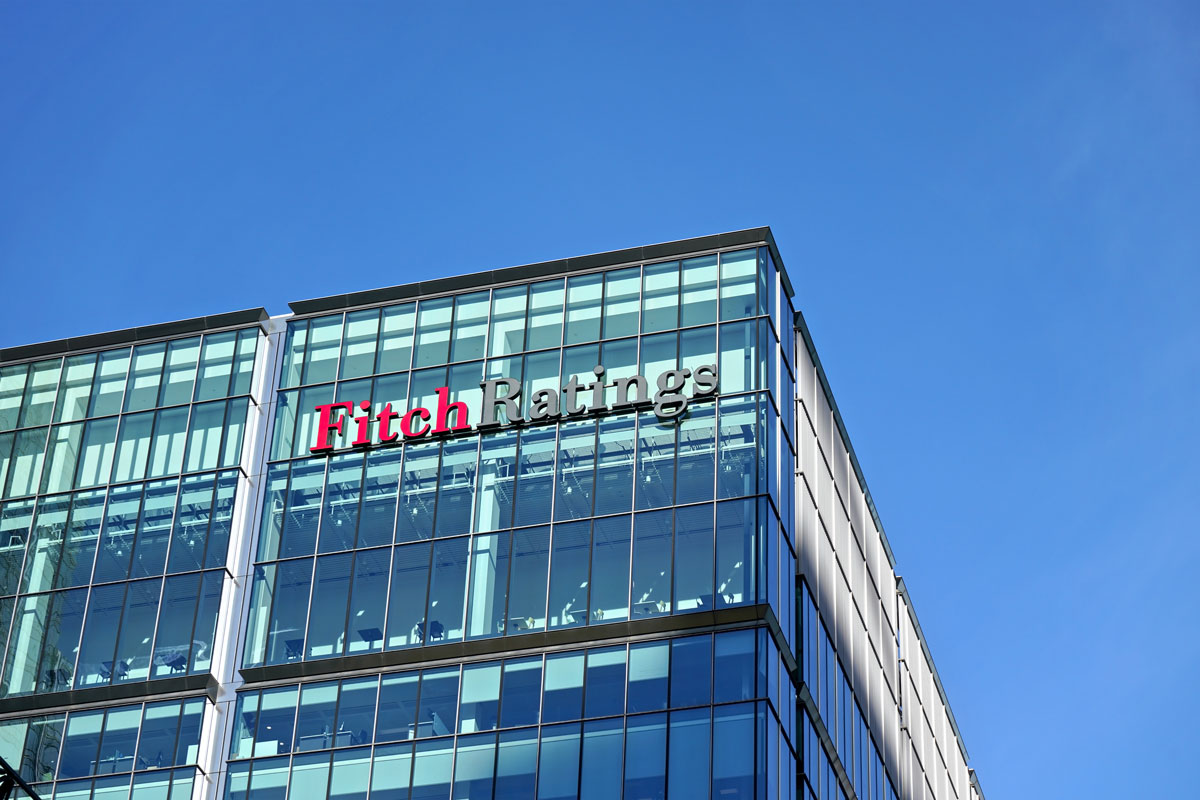Ceinsys Tech reports 79 pc YoY increase in revenue
Ceinsys Tech Ltd posted a 79 per cent Year-on-Year increase in consolidated revenue for Q3-Financial year 25, reaching Rs 1,118 million.
FY20 (April 2019 to March 2020) fiscal EBITDA growth for the telecom industry is estimated at 25 per cent.

Fitch said revenue market share is consolidating fast at billionaire Mukesh Ambani's Reliance Jio and Sunil Bharti Mittal's Bharti Airtel, with Vodafone-Idea Ltd rapidly losing market share. (Photo: iStock)
Revenue and pre-tax profit growth of Indian telecom companies in the financial year ending March 31, 2021 (FY21) will slow due to lower data growth and weaker economic activity amid the coronavirus pandemic, Fitch Ratings said on Thursday.
“Notwithstanding the effect of the pandemic, we expect FY21 industry mobile service EBITDA to increase by about 15 per cent year-on-year, which will outperform our Indian GDP growth forecast of 0.8 per cent, as the industry will realise the full-year benefit of industry-wide tariff hikes of around 30 per cent, effective from December 2019,” the rating agency said in a note.
Advertisement
FY20 (April 2019 to March 2020) fiscal EBITDA growth for the telecom industry is estimated at 25 per cent.
Advertisement
Telecom companies’ (telcos’) 4QFY20 EBITDA growth was driven by tariff hikes and 4G data growth, which Fitch forecast to decelerate in FY21, as lockdowns were only implemented from March 25.
Fitch said revenue market share is consolidating fast at billionaire Mukesh Ambani’s Reliance Jio and Sunil Bharti Mittal’s Bharti Airtel, with Vodafone-Idea Ltd rapidly losing market share.
Vodafone Idea Ltd – a joint venture of Aditya Birla Group’s Idea Cellular and Vodafone of UK, lost about 131 million subscribers in the last six quarters, and is struggling to service its debt due to stagnant EBITDA generation, which is insufficient to cover its interest costs.
“The telco’s subscriber base is shrinking due to its deteriorating network on limited capex,” it said, adding Vodafone Idea has paid only USD 926 million in adjusted gross revenue dues, against the department’s demand of USD 6 billion, and has not yet reported its 4QFY20 results.
The rating agency said a 5G spectrum auction looks increasingly improbable in 2020 in light of incumbent telcos’ limited financial flexibility, a high base price of USD 7 billion for pan-India 5G spectrum in 3.3 GHz-3.6 GHz bandwidth and a limited business case for 5G, when 4G penetration is only around 50 per cent.
Bharti and Vodafone Idea have publicly stated that they will not participate in 5G auctions at such high prices.
For Bharti Airtel Ltd, it forecast FY21 Indian mobile segment’s EBITDA to improve by 15-20 per cent, below its previous expectation of 20-25 per cent, on lower data growth, as smartphone sales are likely to drop significantly in 1HFY21 as feature-phone users are unable to upgrade to 4G smartphones during the lockdowns.
“We have also lowered our assumption of FY21 net subscriber addition to around 15 million, from 30 million, as users are unable to port their numbers during the lockdowns. The pandemic-led economic slowdown will mostly affect lower-revenue users – those who spend Rs 50-100 a month – which could prevent further improvements in monthly average revenue per user (ARPU),” it said.
However, Bharti’ management is confident that the pandemic will have limited impact on FY21 EBITDA growth, which it forecasts to be at least 25 per cent (FY20: 25 per cent), supported by ARPU growth to Rs 170-175 a month. Management says that data growth has increased by 20-25 per cent in the short-term as users work from home and upgrade to higher-ARPU plans.
Bharti has paid only USD 2.6 billion (Rs 18,000 crore) to date to settle its adjusted gross revenue dues, compared with the original demand of USD 4.9 billion by the Department of Telecommunications, Fitch said.
Market leader, Reliance Jio, a subsidiary of Reliance Industries Ltd, reported sequential revenue and EBITDA growth of 6 per cent and 11 per cent, respectively, as ARPU growth was less pronounced at 2 per cent to Rs 131. This was due to the significant proportion of Jio’s customers being on long-tenor plans, on which tariff hikes will be implemented only in 1QFY21.
In addition, the sale of incremental Jiophones led to slower growth in ARPU.
Its monthly data and voice usage per user was at 11.3GB and 771 minutes, respectively.
Jio continued to gain market share at the expense of India’s third-largest telco Vodafone-Idea Ltd, as it added 18 million subscribers to reach a customer base of 388 million, the industry’s highest.
“We expect Jio’s FY21 mobile revenue to increase by at least 20 per cent, led by higher monthly ARPU of Rs 147 and subscriber additions of 30 million (FY20: 80 million),” Fitch said.
Fitch expected Bharti Airtel to generate small positive free cash flow in FY21, as capex/revenue is likely to decline to around 26-27 per cent (FY20: 29 per cent) on lower core capex, interest costs and the government’s two-year moratorium on the payment of existing spectrum dues, which will defer about USD 840 million in each of FY21 and FY22.
Bharti has almost completed the shutdown of its 3G network across India and has redirected its 900MHz and 2100 MHz spectrum for 4G usage. “We believe sector capex peaked in 2019, as both Bharti and Jio front-laded capex to expand 4G coverage and capacity and invested in fibre networks and in-building coverage,” it added.
Advertisement